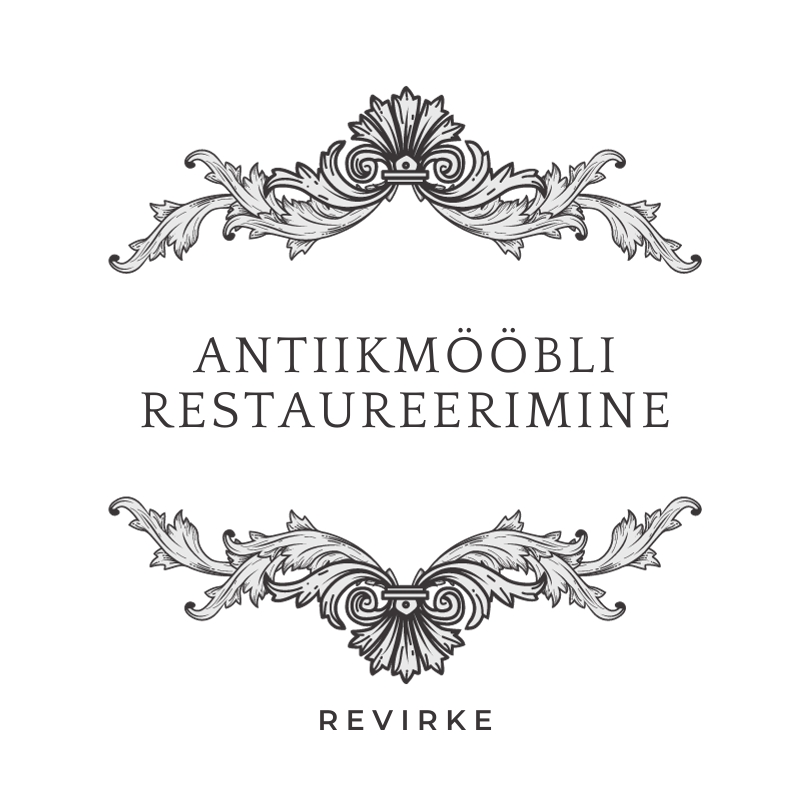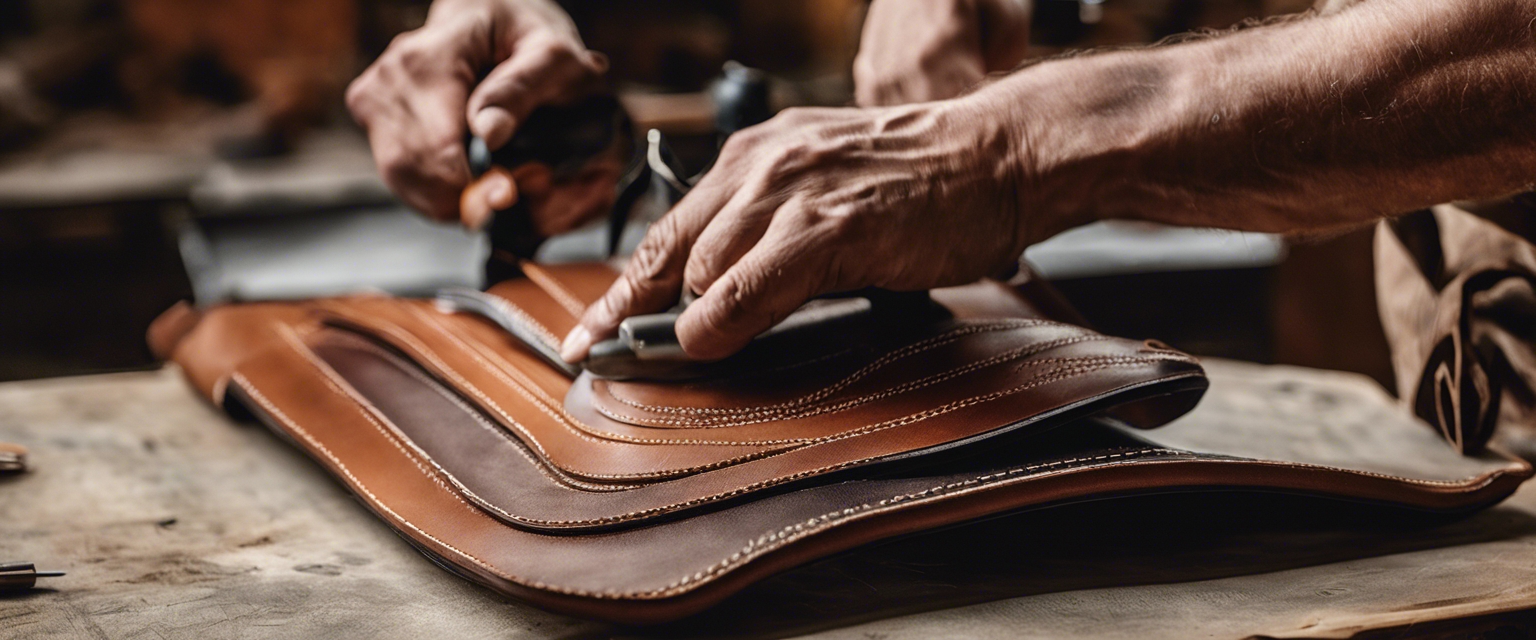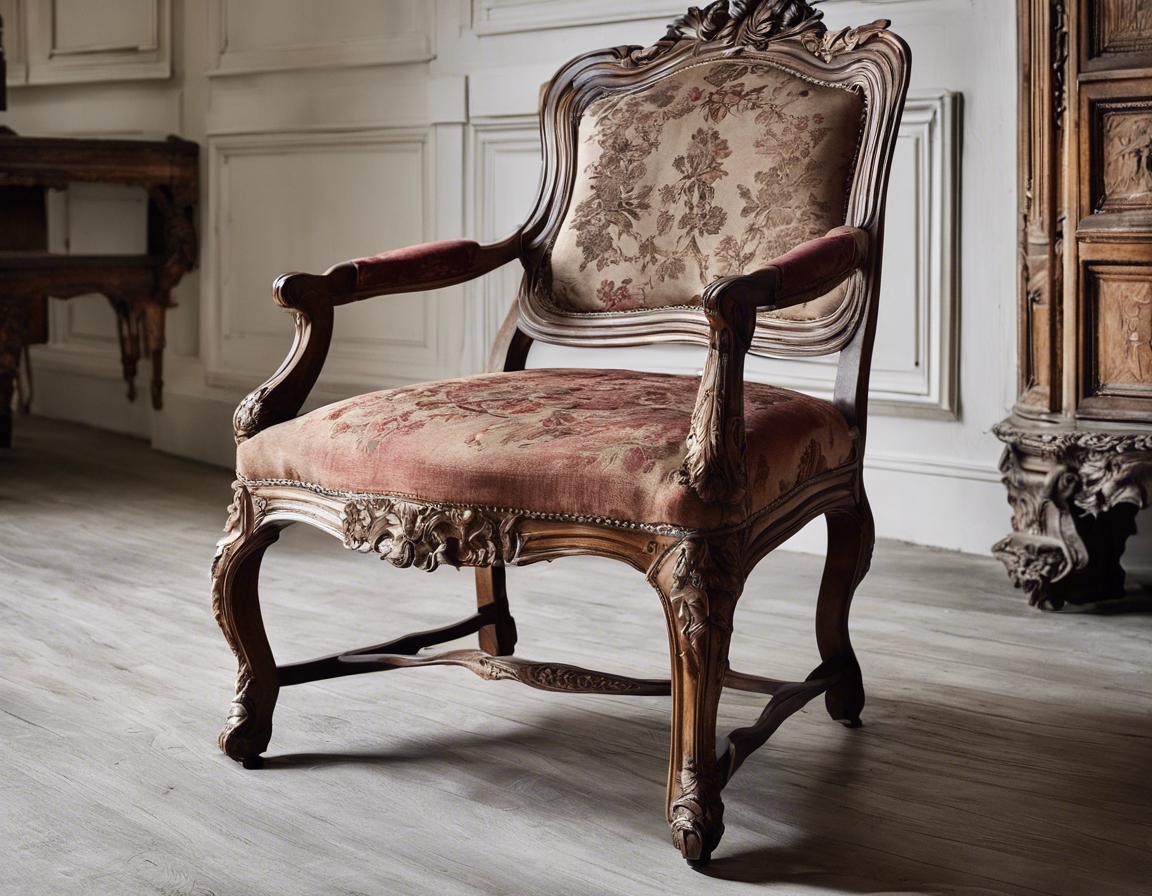5 signs your antique furniture needs professional restoration
Antique furniture is not just a functional asset; it's a slice of history that adds character and elegance to any space. However, the passage of time can take its toll, and there comes a point when professional restoration is necessary to preserve these treasured pieces. Here are five signs that indicate your antique furniture may need the expert touch of a restoration professional.
Sign 1: Visible Damage and Wear
Everyday use can lead to scratches, dents, and chips that mar the surface of your antique furniture. While minor imperfections can add to the charm, significant damage can detract from the piece's beauty and value.
Over time, the glue that holds furniture joints together can weaken, leading to loose or wobbly parts. This not only affects the appearance but also the structural integrity of the piece.
Sign 2: Compromised Functionality
Drawers and doors that stick or are difficult to open and close can be frustrating and may cause further damage if forced. This is often a sign that the wood has warped or that the furniture has not been properly maintained.
Antique furniture with mechanical components, such as drop-leaf tables or roll-top desks, may have mechanisms that no longer function smoothly or at all. Restoring these mechanisms can bring back the full functionality of the piece.
Sign 3: Deteriorating Finish
Exposure to sunlight and harsh chemicals can cause the finish on antique furniture to fade or become discolored. A professional restoration can revive the original color and luster.
A cracking or peeling finish not only looks unsightly but can also expose the underlying wood to further damage. A professional can strip the old finish and apply a new one that protects and enhances the piece.
Sign 4: Historical Integrity at Risk
Antique furniture that has missing hardware or other components can lose a significant part of its historical value. A restoration expert can source or recreate these missing pieces to maintain the furniture's authenticity.
DIY repairs or fixes using non-period-correct materials can compromise the historical integrity of antique furniture. A professional restorer can reverse these damages and restore the piece with appropriate materials and techniques.
Sign 5: Environmental Damage
Water rings, heat marks, and other environmental damages can ruin the finish of antique furniture. Professional restoration can address these issues without causing further harm to the piece.
Wood is susceptible to infestation by pests and can also develop mold in damp conditions. These issues require immediate attention from a professional to prevent irreversible damage.
Conclusion
Antique furniture is an investment in history and artisanship. Recognizing these signs of distress and seeking professional restoration services can ensure that your treasured pieces continue to tell their stories for generations to come. If you notice any of these signs, it's time to consult with a restoration expert.








Comments (0)